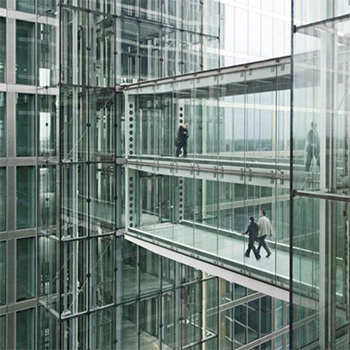Height rank
Umeda Sky Building
Osaka
- Facts
-
Metrics
You must be a CTBUH Member to view this resource.
Official Name
Umeda Sky Building
Type
Building
Status
Completed
Completion
1993
Country
City
Address
Function
A mixed-use tall building contains two or more functions (or uses), where each of the functions occupy a significant proportion of the tower's total space. Support areas such as car parks and mechanical plant space do not constitute mixed-use functions. Functions are denoted on CTBUH "Tallest Building" lists in descending order, e.g., "hotel/office" indicates hotel function above office function.
Office
Official Website
Height
173 m / 568 ft
Floors Above Ground
40
Floors Below Ground
2
Tower GFA
147,396 m² / 1,586,557 ft²
Rankings
-
By function
You must be a CTBUH Member to view this resource.
You must be a CTBUH Member to view this resource.
Owner
NREG TOSHIBA BUILDING Co.
Architect
Usually involved in the front end design, with a "typical" condition being that of a leadership role through either Schematic Design or Design Development, and then a monitoring role through the CD and CA phases.
Hiroshi Hara & Atelier
Research

14 March 2019
Skybridges: A History and a View to the Near Future
Antony Wood & Daniel Safarik CTBUH
As many architects and visionaries have shown over a period spanning more than a century, the re-creation of the urban realm in the sky through...
Research

14 March 2019
Skybridges: A History and a View to the Near Future
Antony Wood & Daniel Safarik CTBUH
As many architects and visionaries have shown over a period spanning more than a century, the re-creation of the urban realm in the sky through...

01 February 2009
The Skycourt - A Comparison of Four Case Studies
Jason Pomeroy, Broadway Malyan
The effects of industrial capitalism and secularism have not only seen the fall of public man (Sennett 1976) but the slow disintegration of the public...
Subscribe below to receive periodic updates from CTBUH on the latest Tall Building and Urban news and CTBUH initiatives, including our monthly newsletter. Fields with a red asterisk (*) next to them are required.
View our privacy policy



















